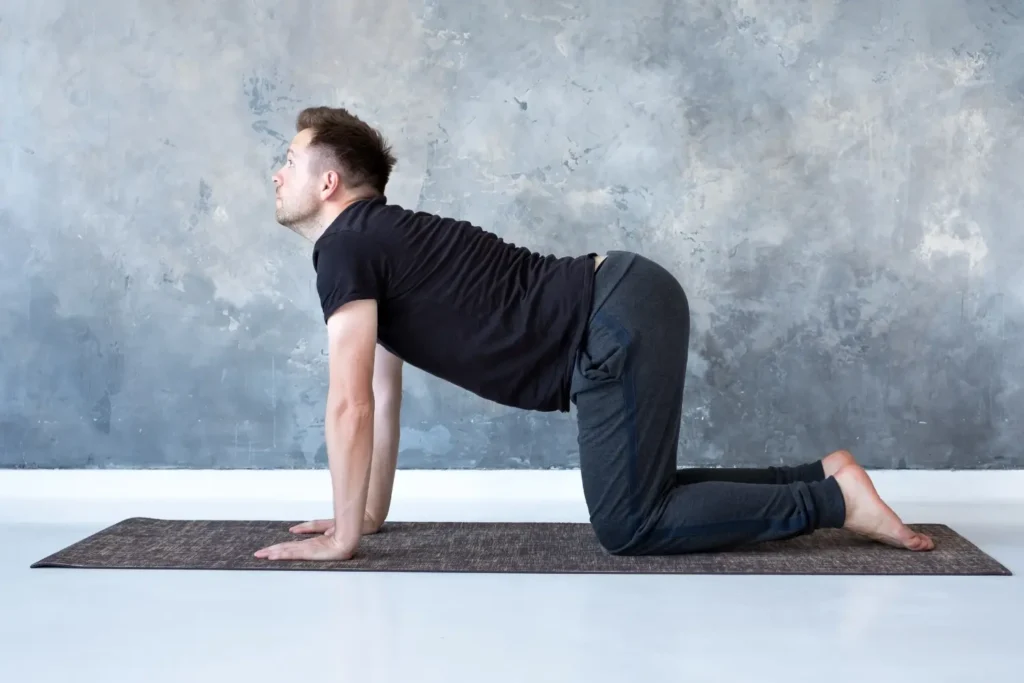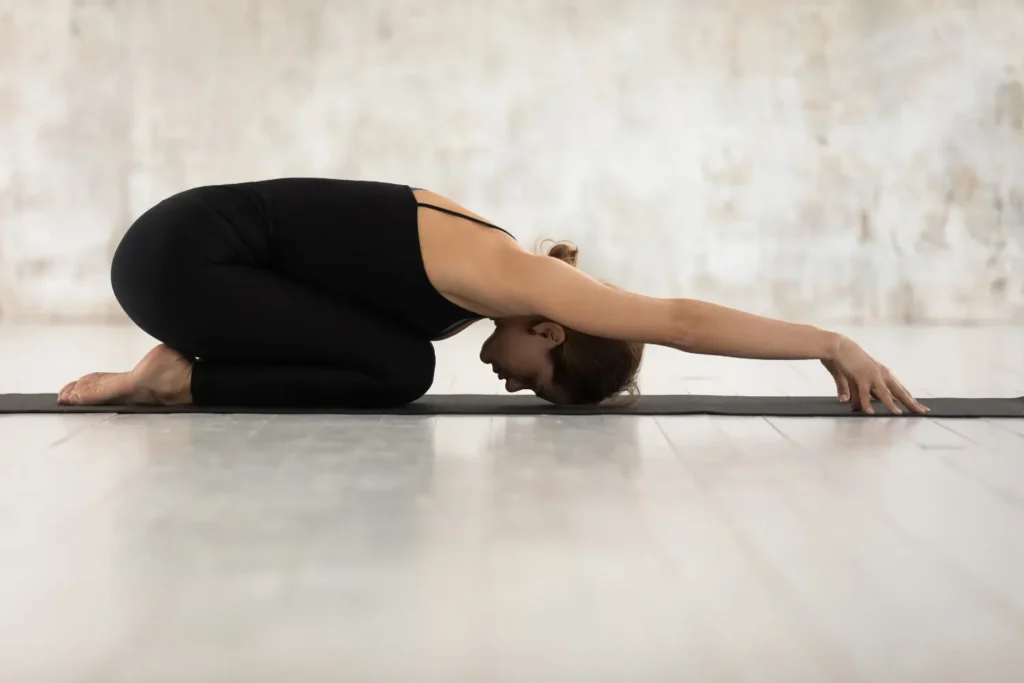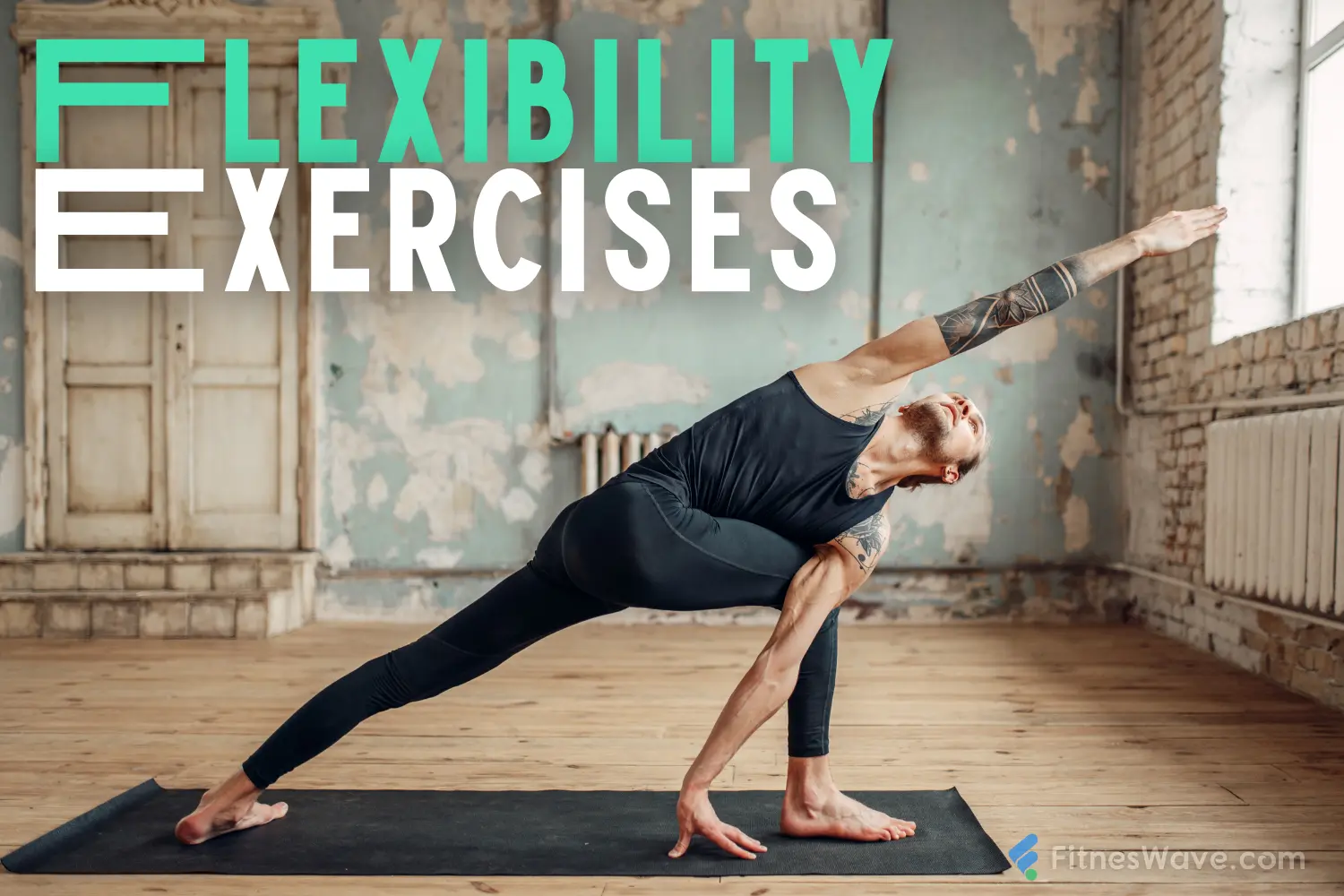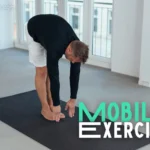What Are the Best Flexibility Exercises? A Comprehensive Guide to Boosting Your Flexibility
Flexibility is a cornerstone of overall fitness and well-being. Whether you’re a seasoned athlete, a weekend warrior, or someone just looking to improve your range of motion, flexibility exercises are essential. This blog post will guide you through the best flexibility exercises, why they matter, and how you can incorporate them into your routine for maximum benefits.
Why Flexibility Matters
Flexibility is more than just being able to touch your toes. It plays a crucial role in preventing injuries, improving posture, and enhancing overall movement efficiency. By maintaining a good range of motion, you reduce the risk of muscle strain and joint injuries, which is particularly important as you age. According to the American Council on Exercise (ACE), incorporating flexibility exercises into your fitness routine can lead to improved functional movement and a higher quality of life .
The Best Flexibility Exercises You Need to Try
Now that we’ve identified what others miss, let’s dive into the most effective flexibility exercises. This list covers both static and dynamic stretches to ensure a balanced approach to improving flexibility.
1. Standing Hamstring Stretch

This classic stretch targets the hamstrings and lower back, which are often tight in many individuals.
- How to Do It: Stand with your feet hip-width apart. Slowly bend forward from the hips, reaching toward your toes. Keep your knees slightly bent to avoid straining your lower back. Hold for 20-30 seconds.
2. Cat-Cow Stretch (Dynamic)

A great exercise to warm up your spine and improve flexibility in your back and neck.
- How to Do It: Start on your hands and knees. Inhale as you arch your back (cow), then exhale as you round your spine toward the ceiling (cat). Repeat for 10-15 breaths. The Harvard Medical School suggests this stretch as an excellent way to improve spinal flexibility and relieve tension in the back.
3. Child’s Pose

A gentle stretch for the back, hips, and shoulders, perfect for winding down after a workout.
- How to Do It: Kneel on the floor, sit back on your heels, and extend your arms forward while lowering your chest toward the floor. Hold for 30 seconds to 1 minute.
4. Hip Flexor Stretch

Target the hip flexors, which can become tight from prolonged sitting.
- How to Do It: Start in a lunge position with your right foot forward and your left knee on the ground. Push your hips forward while keeping your back straight. Hold for 20-30 seconds and switch sides. According to Mayo Clinic, stretching your hip flexors regularly can help prevent hip pain and improve your overall posture.
5. Pigeon Pose

A deeper hip stretch that also targets the glutes and lower back.
- How to Do It: Begin in a tabletop position. Bring your right knee forward, placing it behind your right wrist, and extend your left leg back. Lower your hips and chest toward the floor. Hold for 30 seconds to 1 minute and switch sides.
6. Butterfly Stretch

This stretch targets the inner thighs and hips, promoting flexibility in the groin area.
- How to Do It: Sit with your feet together and knees bent outward. Hold your feet and gently press your knees toward the floor. Hold for 20-30 seconds.
7. Dynamic Lunge with a Twist

This dynamic stretch improves flexibility in the hips, spine, and shoulders.
- How to Do It: Step forward into a lunge position, then twist your torso toward the front leg. Return to standing and repeat on the other side. Perform 10-12 repetitions per side.
8. Seated Forward Bend

This stretch targets the hamstrings, calves, and lower back.
- How to Do It: Sit on the floor with your legs extended straight in front of you. Reach forward, hinging at the hips, and try to touch your toes. Hold for 20-30 seconds.
Incorporating Flexibility Exercises Into Your Routine
For best results, flexibility exercises should be performed at least three times a week. Combine both static and dynamic stretches to cover all muscle groups and ensure a well-rounded routine. You can also incorporate these stretches into your warm-up or cool-down sessions for added benefits. The American College of Sports Medicine (ACSM) recommends dedicating at least 10 minutes of your workout to flexibility exercises to maintain a good range of motion.
Research-Backed Benefits of Flexibility Training
Studies have shown that regular flexibility training can improve athletic performance, reduce muscle soreness, and enhance overall well-being. For example, a study published in the Journal of Sports Science & Medicine found that incorporating dynamic stretching into a warm-up routine can significantly improve power and strength performance.
Strong Call to Action
If you found this guide helpful, share it with your friends and start incorporating these flexibility exercises into your routine today. For more tips on improving your fitness and well-being, subscribe to our newsletter or check out our related articles on flexibility and mobility training.
References:
- American Council on Exercise (ACE). Flexibility and Stretching.
- Harvard Medical School. Benefits of Flexibility Exercises.
- Mayo Clinic. Stretching: Focus on Flexibility.
- American College of Sports Medicine (ACSM). ACSM’s Guidelines for Exercise Testing and Prescription.
- Journal of Sports Science & Medicine. Dynamic Stretching and Athletic Performance.
FAQs: What Are the Best Flexibility Exercises?
Q1: What are some easy flexibility exercises for beginners?
A: Start with basic stretches like the standing hamstring stretch and child’s pose. They’re simple and effective for improving flexibility without needing any special equipment.
Q2: How often should I do flexibility exercises to see results?
A: Aim to stretch at least 3 times a week. Consistency is key for improving your range of motion and reducing muscle tightness.
Q3: Can flexibility exercises help prevent injuries?
A: Yes! Regular stretching can reduce the risk of injuries by increasing your range of motion and warming up your muscles before workouts.
Q4: What’s the difference between static and dynamic stretching?
A: Static stretches are held for a period, like touching your toes, while dynamic stretches involve movement, such as leg swings. Both are important for a balanced flexibility routine.
Q5: How can I incorporate flexibility exercises into my daily routine?
A: Try adding short stretching sessions before and after your workouts or during breaks at work. Even a few minutes a day can make a big difference.
Also Read: More Articles about Exercises









